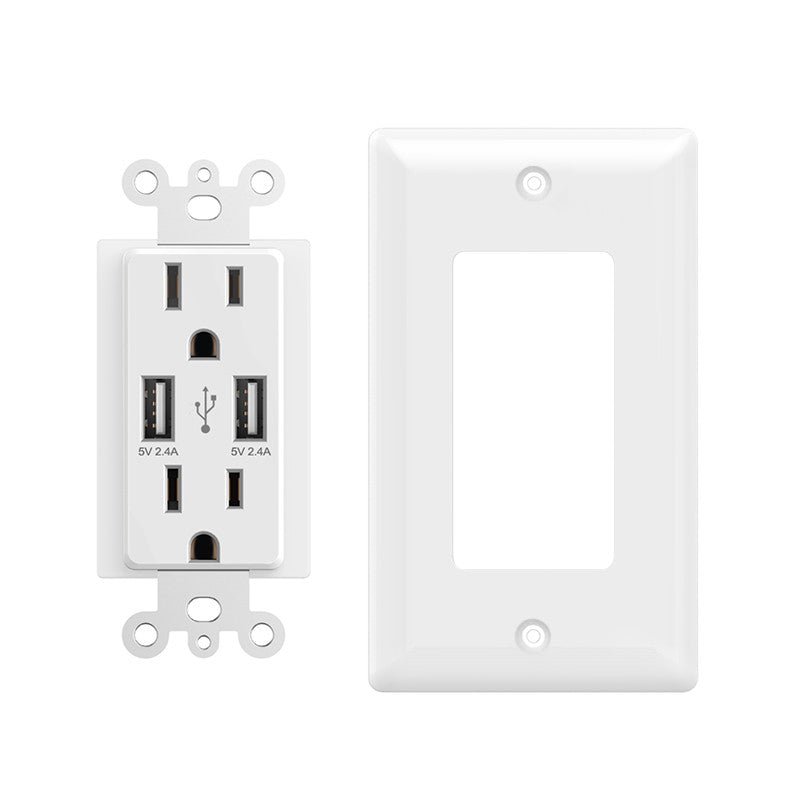

Just keep in mind to check the instructions of each equipment, to be sure that it sustains a 15 amp circuit and it does not require a lower amperage. Whereas a 15 amp circuit is a fit choice for the lighting installations, it cannot cover the energy needed by kitchen appliances, for instance.Īny basic lighting setting is powered by 15 amp electric networks, whether it is a ceiling unit or porch lights. In spite of the fact that practically all the houses have built-in, cost efficient 15 amp receptacles, these outlets are not suitable for all the electrical needs of a modern household. While still built for residential purposes, 20 amp circuits are engineered for high power current.Įven within the field of domestic consumption, there are explicit guidelines for 15 amp vs 20 amp outlet usage. If the two circuits, respectively outlets with the different amperage do not seem too dissimilar so far, there is a clear, and most of the time regulated, distinction when it comes to their use. If you’re unsure which is which, look for a label on the wire. A 15 amp circuit normally includes 14-gauge wires, while 20 amp circuits use 12-gauge or 10-gauge wires. The simplest way to establish the intensity of the household’s electric circuit is to check the breakers and/or fuses in the panel. Large consumers, especially kitchen appliances, such as microwaves, blenders and toasters, need a dedicated 20 amp circuit, to ensure a constant energy flow, which means they cannot share the circuit with other devices. This enables 20 amp plugs to be inserted directly into the outlet.

Receptacles with a 20 amp current have a similar design to the 15 amp ones, with a single exception: an additional horizontal slot, which forks from one of the vertical slots. They have two slots and a grounding hole in the form of U as seen in the photo above. Since 15 amp receptacles also work with 20 amp circuits, most of the American houses are built with these. In case you have trouble with installing new devices in your home, the first thing you need to do is check the type of the outlets in the electric network, see if you’re dealing with a 15 amp or 20 amp outlet.


 0 kommentar(er)
0 kommentar(er)
